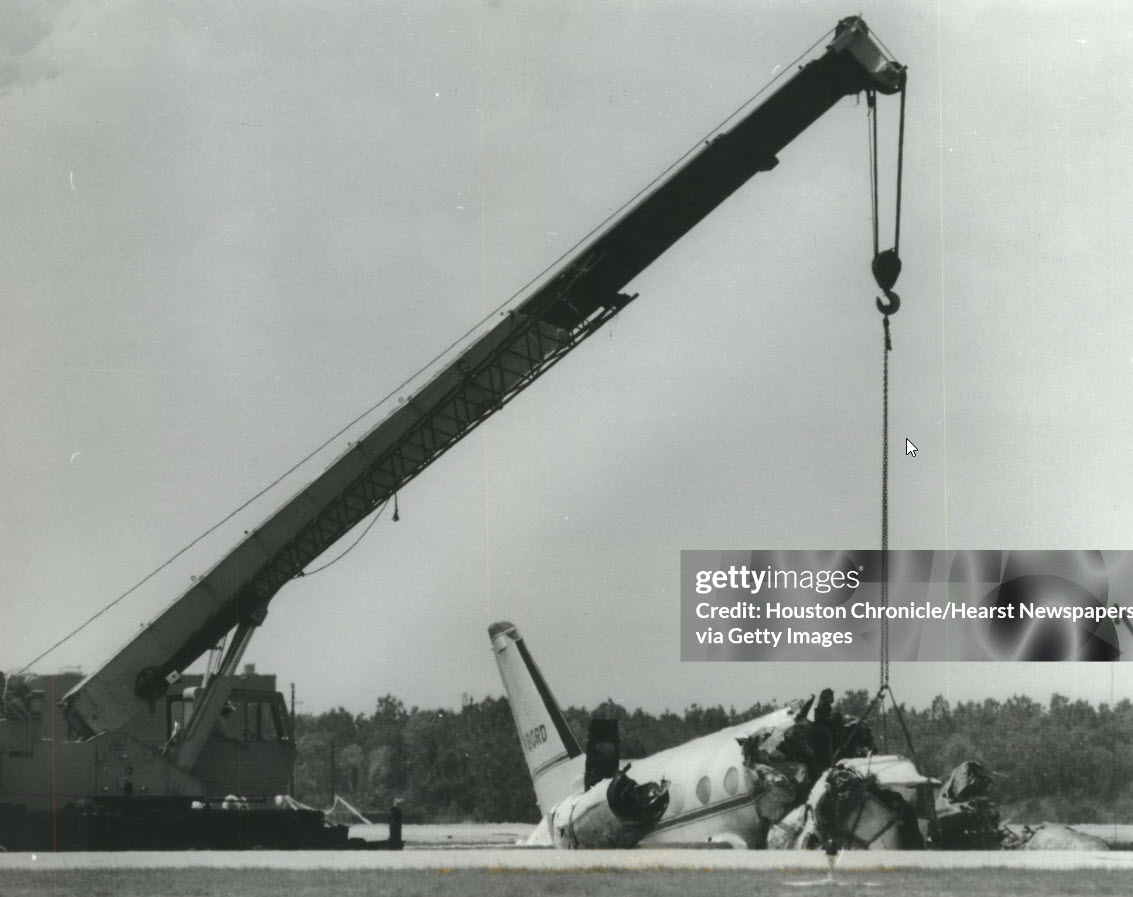Crash of a Piper PA-31T Cheyenne II-XL in Des Moines: 1 killed
Date & Time:
Nov 29, 1990 at 1016 LT
Registration:
N1879W
Survivors:
No
Schedule:
Madison - Des Moines
MSN:
31-8166065
YOM:
1981
Crew on board:
1
Crew fatalities:
Pax on board:
0
Pax fatalities:
Other fatalities:
Total fatalities:
1
Captain / Total hours on type:
4093.00
Circumstances:
On final approach, after being cleared to land, the pilot informed the controller that he might have to shut down an engine. He declined to declare an emergency or request assistance. On short final, the aircraft was observed to roll to the left and descent into the terrain. Subsequent examination revealed evidence that the left engine was not developing power, although the left propeller was not feathered. There was evidence that the right engine was producing high power during impact. No mechanical deficiency of the left engine or propeller was found. The pilot, sole on board, was killed.
Probable cause:
The pilot's improper emergency procedures by not feathering the left engine after it lost power and/or was shut down, and his failure to keep the aircraft at or above the minimum control airspeed (VMC), which resulted in a loss of aircraft control. A factor related to the accident was: an undetermined problem concerning the left engine that caused it to lose power or prompted the pilot to shut it down.
Final Report:





